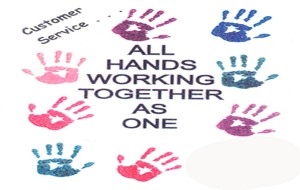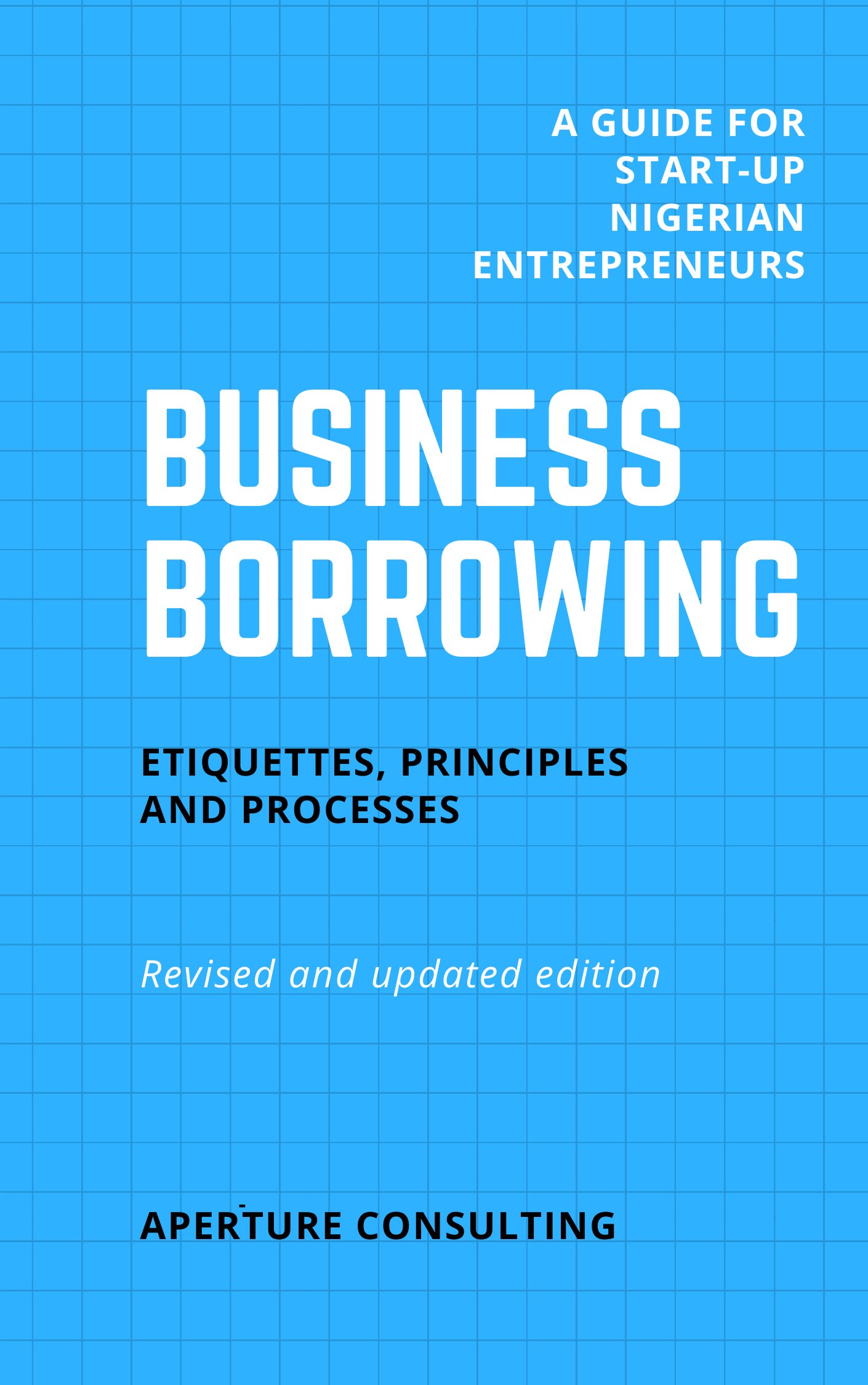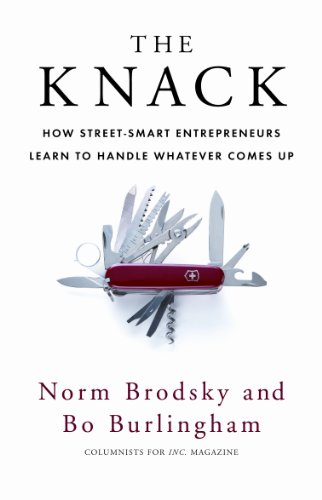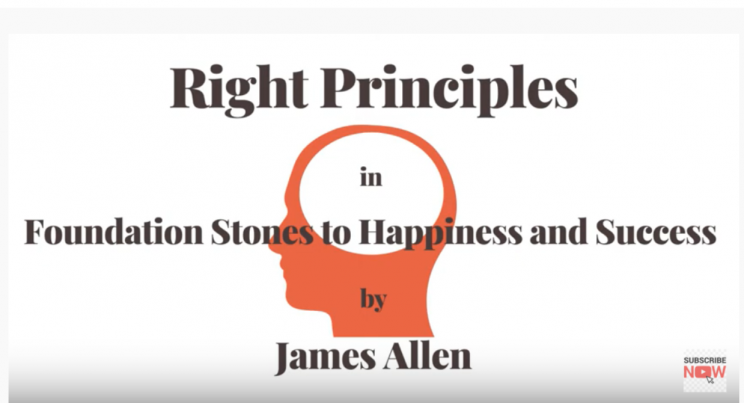 We have just posted on the importance of selling in the success of any business venture. I want to now discuss an extension of that: Customer Service. My experience is that most budding entrepreneurs and those seeking to grow their businesses do not recognise the importance of excellent customer service in leading to the success of their ventures. They tend to focus disproportionately more on finance issues, production etc. Customer service is however an area from which an entrepreneur can lever his business to great success. This is also an area that the entrepreneur can apply his creativity to achieve unbelievably high returns for very little investments. Long term success in business, irrespective of your size, will be hinged on the extent to which you serve your customers. As customers ourselves, we all have suffered nasty, and enjoyed wonderful experiences from product and service providers. We know the difference.
We have just posted on the importance of selling in the success of any business venture. I want to now discuss an extension of that: Customer Service. My experience is that most budding entrepreneurs and those seeking to grow their businesses do not recognise the importance of excellent customer service in leading to the success of their ventures. They tend to focus disproportionately more on finance issues, production etc. Customer service is however an area from which an entrepreneur can lever his business to great success. This is also an area that the entrepreneur can apply his creativity to achieve unbelievably high returns for very little investments. Long term success in business, irrespective of your size, will be hinged on the extent to which you serve your customers. As customers ourselves, we all have suffered nasty, and enjoyed wonderful experiences from product and service providers. We know the difference.
The Basis: Over product-market life cycles, products inevitably become commoditized and less differentiated over time. Consequently, the customer service component of a company’s offering becomes a critical differentiator. If it is well matched with the relative needs of the customer, significant loyalty and sustained, profitable sales growth can be achieved. Customer service is also key in ensuring customer attraction and retention. So, what is customer service?
Customer service is the experience that results from the sum of all interactions between a customer and a product (goods or service) provider before, during, and after a sale is made. It is important to understand that the customer’s experience with your business starts from the moment you make the very first contact (physically or otherwise). This experience continues to build during subsequent discussions and well after a sale is consummated. It is therefore extremely important that the entrepreneur reviews each stage of this interaction and ensures that his business is positioned and prepared to deliver a wonderful and positively lasting experience to the customer. An understanding of the ‘sales process’ which we introduced in our ‘Start Selling’ post is necessary if you are to be able to position your business to deliver a ‘wow’ customer experience. How can you go about that?
Understand the lifetime value of the customer: Customer lifetime value (‘CLV’) is a prediction of the net profit that can be made attributable to the entire relationship with a customer. It can also be considered as the monetary value of a customer relationship based on the present value of the projected future cash flows. Different models with varying degrees of sophistication and accuracy are normally applied to make the prediction. You will need to adopt what is reasonable to your business situation.
The concept of customer lifetime value is important because it justifies and even encourages businesses to shift their focus from achieving only short-term benefits (at the detriment of future benefits) to the long-term profitability and sustainability of a mutually rewarding relationship. This concept also sets an upper limit on investment to acquire new customers as well as retain existing ones. Similarly, it sets the criteria for computing the payback of investment on product development, marketing strategy etc. Once you understand the CLV concept, your business philosophy as regards to your customer relationships will be positively transformed.
Understand the needs and expectations of your customer: To create a great customer experience, you have to define which areas the customer most value and plan to exceed them. Most organisations know, or believe they know, what their customers’ expectations are. For instance they may know how what the price the customers want to pay; how quickly the customers want a delivery, etc. The may also know, or think they know, what their customers’ emotional expectations are.
To be able to meet the customers’ expectations, you have to first fully understand what the customers require both generally and specifically. To have an accurate assessment of customers’ needs, you must look, observe and check different sources. You should make surveys, customer visits, focus groups, interviews, satisfaction/complaints surveys, etc. But a lot of breakthroughs and quantum leaps come from identifying needs that customers may not even recognise until offered a solution by the entrepreneur. After necessary studies and observations you can then discuss with your customer. The discussions should be more about trying to further understand, and sometimes help the customer understand, what they really want and expect. At the end, you and your customer should be able to clearly define what is expected. Suggest possible solutions based on your current information and modify and improve the solutions as you gain more insight directly from the customer and other sources.
Once you are able to establish and define the rational and emotional expectations of the customers, you should then design a system that can create that experience for the customers consistently and persistently.
 Design a structure geared to serve the customer: Having assessed the needs and expectations of the customer, the next challenge is to prime your enterprise to deliver. A company’s organizational structure and procedures should reflect its strategy in providing superb customer service to its customers. Product line structures offer different approaches to solving customer issues to market oriented structures. Similarly, a regional structures offer different approaches to local structures. At the end of the day, you have to combine the features of different structures so as to address the dichotomies that are often faced when you adopt one structure over the other. A good way to achieve this is to let your customer needs to impact the organisational structure rather than the reverse. A good customer service philosophy should result in the creation of an enterprise that is very much in touch with its customers, ensuring quality and reliability in order to meet, or preferably exceed, customers’ expectations.
Design a structure geared to serve the customer: Having assessed the needs and expectations of the customer, the next challenge is to prime your enterprise to deliver. A company’s organizational structure and procedures should reflect its strategy in providing superb customer service to its customers. Product line structures offer different approaches to solving customer issues to market oriented structures. Similarly, a regional structures offer different approaches to local structures. At the end of the day, you have to combine the features of different structures so as to address the dichotomies that are often faced when you adopt one structure over the other. A good way to achieve this is to let your customer needs to impact the organisational structure rather than the reverse. A good customer service philosophy should result in the creation of an enterprise that is very much in touch with its customers, ensuring quality and reliability in order to meet, or preferably exceed, customers’ expectations.
Train all employees in the art of excellent customer service delivery: Your recruitment policies should reflect the need to get employees who have the predisposition to serve customers, or have the potentials to be trained appropriately. Employees should be trained to easily recognize and respond appropriately to common requests or requirements of customers. You should eliminate or automate activities that are less valued by the customer and use that time to focus on activities valued more by the customer. Each interaction between your employees and customers should be positively viewed as an opportunity to identify needs and live your brand promise by serving the customer beyond his expectations. The level of preparation of your employees to handle both routine and special requirements of your customers is critical to the effectiveness of these interactions. You can not underestimate the value of knowing your customers, understanding their markets, appreciating the opportunities and challenges they face.
Training is extremely key to make it easy and possible for employees to respond appropriately even when ‘on their feet’. Sometimes, it is when things go ‘wrong’ that you will be able to distinguish businesses that are customer-centric from those that are not. Not too long ago, I took an Emirates Airlines flight from Taipei, Taiwan through Bangkok, Thailand to Dubai, UAE. Apparently, Emirates had a systems issue when we were airborne. By the time we got to Bangkok, it was all chaos on connecting flights, baggage issues, etc. We were delayed for hours. First however, the communication from the airline was very clear about what was happening and what they were doing about it. By the time we boarded our connecting flight to Dubai, I for one, was up-graded to First Class. I was happy. Unfortunately, by the time we got to Dubai, a bag I checked-in, had not arrived. Emirates then paid me hundreds of US Dollars to enable me buy clothes to change. They asked for the hotel address I will be staying at. The best part was when when just a few hours later, the hotel front desk called to inform me that Emirates had delivered a bag to me. I was happy being reunited with my bag but even a lot more impressed with the service commitment from the airline.
I have travelled so much on Emirates and never lost a luggage or got delayed unnecessarily. So I accepted what happened that day as an exception. In addition however, the way the airline responded to the whole scenario got me more loyal to it. Whatever cost they suffered on me and others that day, I am sure, would have since been recouped from increased patronage of the same passengers. This is where philosophy, organisational structure and employee training will save the day for you. On the contrary, a friend recently told me about his experience on another airline. When the airline realised they did not have full passengers after checking-in, they first delayed the flight. Later they cancelled it and rescheduled for the following day. That was extended to a second or third day. I am sure my friend and his fellow passengers will avoid that airline in the future if they have any choice.
Features of a customer service oriented organisation: Most customer-centric businesses have certain common features. I list a few below:
- The most senior executives sincerely believe in the doctrine and they live it, thereby showing examples to the middle level and junior employees,
- The employees are always happy serving customers. They work as seamless teams determined to ultimately make the customers’ experience wonderful. Turf wars and claims and counter claims for credits are minimal,
- They always want to improve on the quality, features and benefits of their products and the effectiveness of their service delivery. They do not wait for the customer to first get frustrated before they change and improve. They cause the positive change internally,
- They are consistent in delivering excellent service. The customer always leaves feeling really good about the experience. Nothing kills loyalty like inconsistency. That leaves the customer always unsure what to expect next. No one likes that,
- They almost always surpass the customers’ expectations in one way or more,
- They are accurate in handling transactions. Furthermore, they try to do the right and correct thing first time and always. This make them quite efficient thereby able to increase value to the customer,
- They are proactive and respond quickly when things go other than planned. When things go wrong, they communicate sincerely, timely and frequently with all those affected. They relay information on what is being done and what remains to be done. It is amazing how people are understanding in times of crisis if they are satisfied with what is being done to handle the situation,
- They have high levels of commitment at all levels.
Great customer service is real. There are many companies in real life, from different industries and of different sizes that thrive on deliberate customer-centricism. They can be corner shops, bakeries, airlines, banks, hotel chains, construction companies, recruitment agencies, computer companies etc. I strongly suggest that you read a book about such companies. Two books that will reveal the extent to which companies go to serve their companies include the following (both available on Amazon):
The Nordstrom Way to Customer Service Excellence: The Handbook For Becoming the “Nordstrom” of Your Industry, and
The Customer Rules: The 39 Essential Rules for Delivering Sensational Servic















